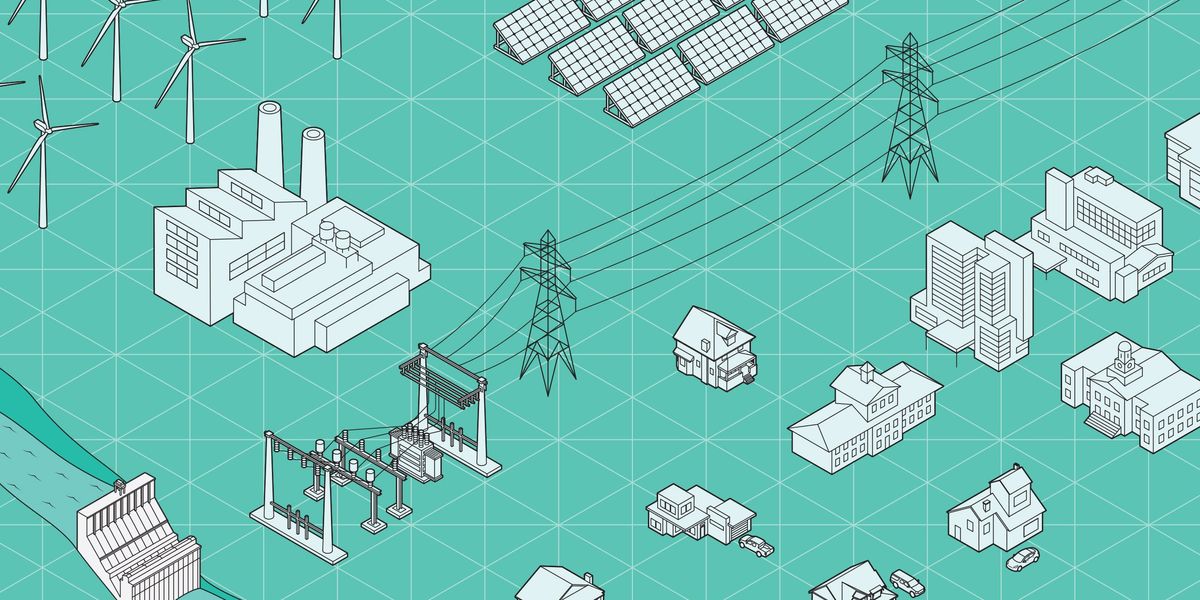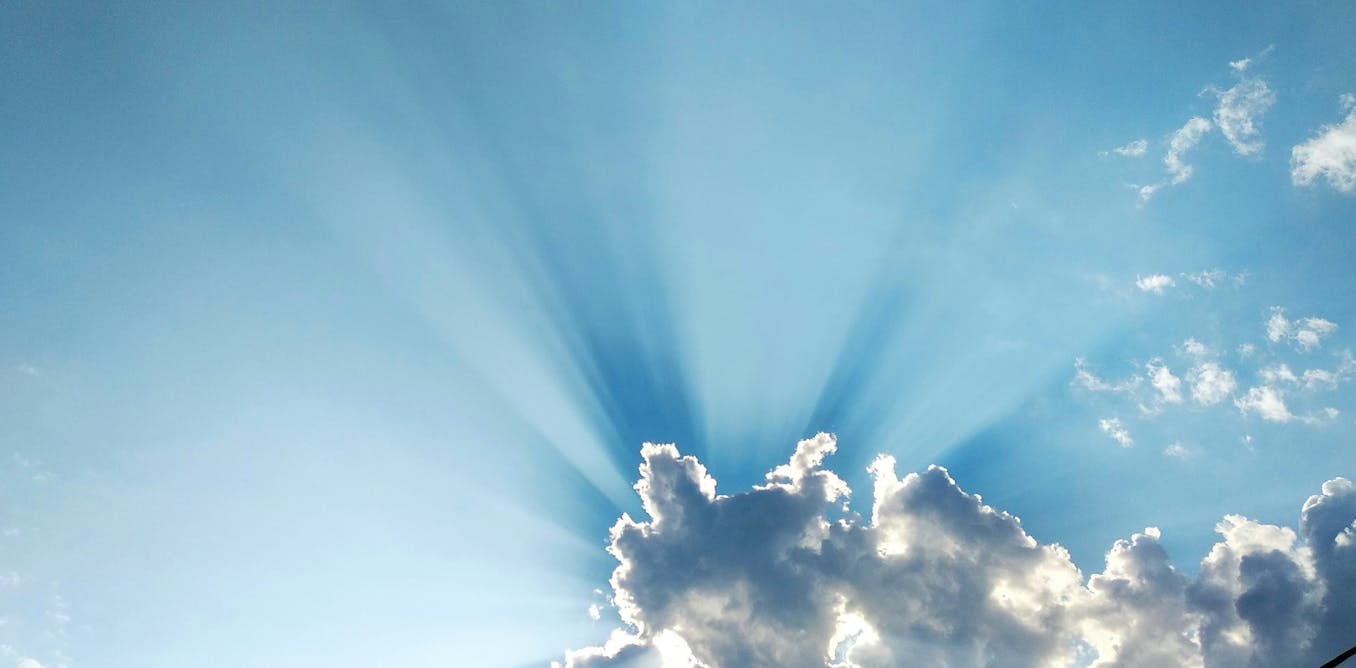The erratic nature of solar and wind power often raises fears they may destabilize power grids. Now a new study finds that accounting for power-flow imbalances can reveal better ways to incorporate renewable energy into grids.
Solar and wind power are the fastest growing sources of electricity, according to climate think tank Ember. Previous research suggested that the United States could get 100 percent of its energy from solar and wind by 2050 and, more ambitiously, that the world could as well.
However, solar and wind are all intermittent sources of power—nighttime, cloudy days, and windless days can mean long stretches without new energy generation. One way to help account for this variability are batteries that can release stored renewable energy when the wind dies down or the sun’s not out. However, developing such massive battery farms requires a great deal of research and infrastructure.
One often overlooked problem in fitting renewable energy into existing grids involves the presumption of balanced power flow. So in the new study, researchers developed an algorithm to find the best ways to incorporate solar and wind into power grids that also took all imbalanced power flows in the system into account. The new algorithm also factored in devices typically used to store energy from renewable power, such as batteries and heat pumps.
Michael Short, a process-systems engineer at the University of Surrey, and his colleagues tested the new algorithm on two low-voltage networks of varying sizes. The networks were exposed to the kinds of sunlight and temperature conditions found near them in Surrey, England. Even in such less-than-ideal conditions, the algorithm proved better than an existing commercial algorithm at wringing the most use out of the renewable resources on the grid.
“We were able to find 16 percent higher renewables penetration by considering these underlying constraints for our test problems,” says Short. “Previous studies made large assumptions on the way that the underlying network can constrain the system, which often resulted in less renewable-energy penetration.”
The kinds of low-voltage networks used in this study “are commonly found in the U.S., U.K., and E.U.,” Short says. He adds that the method his team has pioneered “can be generally applied to almost any low-voltage network.”
The scientists found, however, that there was no one solution that best fit all grids. “Policymakers often want a single solution that can be clearly communicated to a wide range of stakeholders,” Short says. However, he says, “to design more efficient local electricity networks, we need to consider the specifics of an area. There is no one-size-fits-all solution. Depending on local weather conditions, local electricity consumption behavior, and which technologies are currently present—both in the underlying grid infrastructure and local consumption—there may be different solutions.”
The researchers suggested it was more…
Read full article: Imbalance Can Help Balance Greener Grids

The post “Imbalance Can Help Balance Greener Grids” by Charles Q. Choi was published on 11/29/2023 by spectrum.ieee.org




































